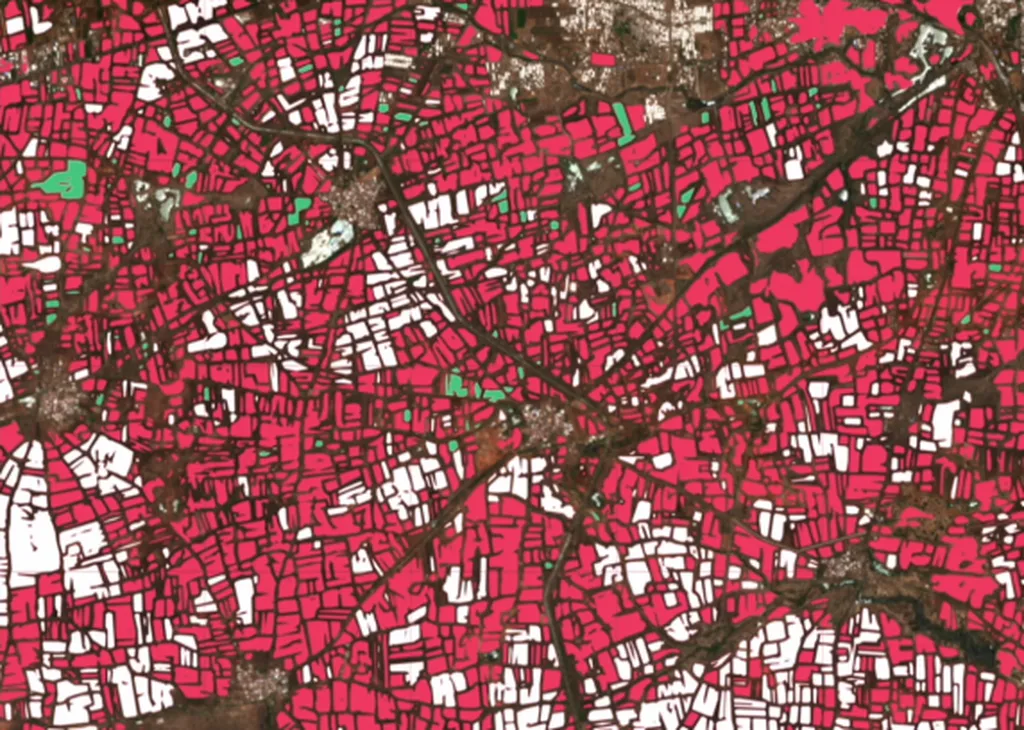In the ever-evolving landscape of precision agriculture, a groundbreaking study published in *Industrial Crops and Products* has introduced an enhanced stacking algorithm (ESA) that promises to revolutionize the monitoring of cotton growth. Led by Xinxin Yao from the College of Information Science and Technology at Shihezi University, this research leverages multi-source remote sensing data to achieve unprecedented accuracy in predicting key cotton growth parameters.
Cotton, a globally significant broadacre crop, demands meticulous monitoring to optimize productivity. Traditional methods of growth parameter inversion from remote sensing data have often fallen short in accuracy, limiting their practical application. Enter ESA, a novel approach that combines data from unmanned aerial vehicles (UAVs) equipped with LiDAR sensors and visual RGB cameras. “Our enhanced stacking algorithm addresses the limitations of traditional methods by iteratively optimizing feature combinations and base models,” explains Yao. This iterative process ensures that only the most effective models contribute to the final prediction, significantly enhancing accuracy.
The study focuses on four critical growth parameters: plant height (PH), leaf chlorophyll content (LCC), leaf area index (LAI), and above-ground biomass (AGB). The results are impressive, with ESA outperforming traditional methods by a substantial margin. On the test set, ESA achieved R2 values of 0.9320 for PH, 0.8015 for LCC, 0.8638 for LAI, and 0.8272 for AGB. These improvements translate to relative gains of approximately 4.6% for PH, 3.6% for LCC, 7.5% for LAI, and 11.2% for AGB compared to the second-best model.
The commercial implications of this research are profound. Accurate and timely monitoring of cotton growth parameters can lead to more informed decision-making, optimizing resource allocation, and ultimately boosting yields. “This technology has the potential to transform precision agriculture by providing farmers with real-time, high-precision data,” says Yao. “It’s not just about improving cotton yields; it’s about setting a new standard for crop monitoring across the board.”
The enhanced stacking algorithm’s ability to integrate and analyze multi-source remote sensing data opens up new avenues for agricultural innovation. As the technology matures, it could be adapted for other crops, further enhancing the efficiency and sustainability of global agriculture. “The future of precision agriculture lies in our ability to harness the power of data,” Yao adds. “ESA is a significant step in that direction.”
With the agricultural sector facing increasing pressure to meet global food demands sustainably, advancements like ESA are not just welcome but essential. As researchers continue to refine and expand this technology, the potential for transforming agricultural practices and improving food security becomes ever more tangible. The study, led by Xinxin Yao and published in *Industrial Crops and Products*, marks a pivotal moment in the ongoing quest for agricultural innovation.

